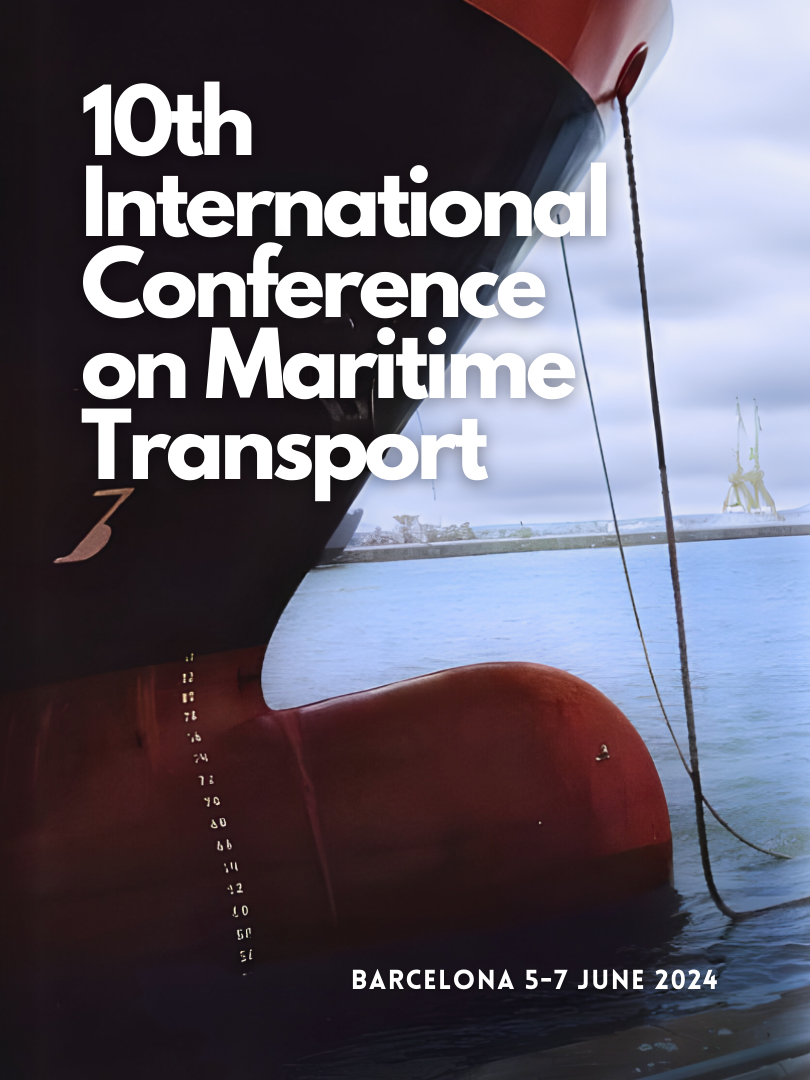First Steps on Key Concepts Related to Autonomous Shipping Within Maritime Education and Training Framework
Main Article Content
Abstract
Advancements in telecommunications, computing, and sensors are driving ships towards greater autonomy each day. New projects aimed at achieving fully autonomous transport are already shaping the fleets of the future, promising more efficient, sustainable, and safer shipping operations. Contrary to concerns that Artificial Intelligence and Autonomous Systems will replace seafarers, this technological evolution presents opportunities for new businesses and job creation, necessitating highly skilled crews and operators. Maritime Education and Training (MET) must evolve by updating curricula, incorporating new topics, and enhancing teaching methodologies to develop proficient crews and on-shore operators while adhering to STCW Convention standards. Previous research indicates that autonomy-related technology is seldom covered in maritime education, and the primary shortfall in new training programs is the outdated STCW Code. While some technological and research centers have begun integrating autonomy concepts, this practice is not yet widespread among all MET institutions.
This article aims to examine the emerging content related to autonomous navigation, machinery systems, cybersecurity, and remote-control systems, among others. These new topics will support the creation of a training course designed to establish updated educational and proficiency standards, addressing the impacts of this technology. The goal is to provide a comprehensive understanding of the new era of Maritime Autonomous Surface Ships (MASS) within the MET framework, aiding in the development and integration of MASS into maritime education.
Article Details
© SEECMAR | All rights reserved

